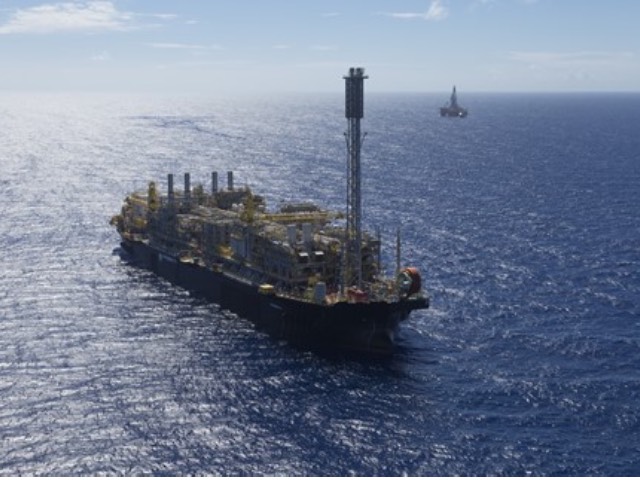Petrobras informs that it signed today a contract with the joint venture formed by Saipem and DSME in the amount of US$ 2.3 billion for the supply of P-79, the eighth unit to be installed in Búzios field, in the Santos Basin pre-salt area. With capacity to process 180,000 barrels of oil per day and 7.2 million cubic meters of gas per day, the platform is a FPSO type, a floating unit that produces, stores, and transfers oil. The delivery is scheduled for 2025.
The FPSO supply will result from the EPC (engineering, procurement, and construction) contracting modality and from Petrobras’ strategy of developing new projects for its own platforms, incorporating the lessons learned from the FPSOs already installed in the pre-salt, including contracting and construction aspects. The contract foresees compliance with 25% of local content, a requirement stipulated in the call for tender and committed to by ANP for the Búzios field.
The project foresees the interconnection of 14 wells to the FPSO, 8 of which are producers and 6 injectors, through a subsea infrastructure composed of rigid production and injection pipelines and flexible service pipeline
The Búzios field, discovered in 2010, is the biggest deep-water oil field in the world. It is a world-class asset, with substantial reserves, low risk, and low lifting cost. It should reach the end of the decade with daily production above 2 million barrels of oil equivalent per day, becoming the Petrobras asset with the highest production.
Currently, there are four units operating in Búzios, which account for more than 20% of Petrobras’ total production. The fifth, sixth, and seventh platforms planned for the field (FPSOs Almirante Barroso, Almirante Tamandaré, and P-78) are under construction, and the ninth unit (P-80) is under contracting process.









































